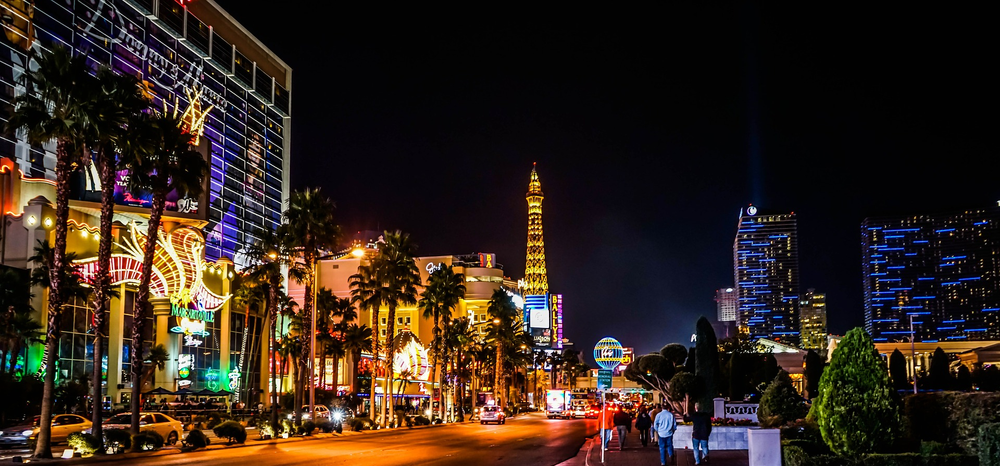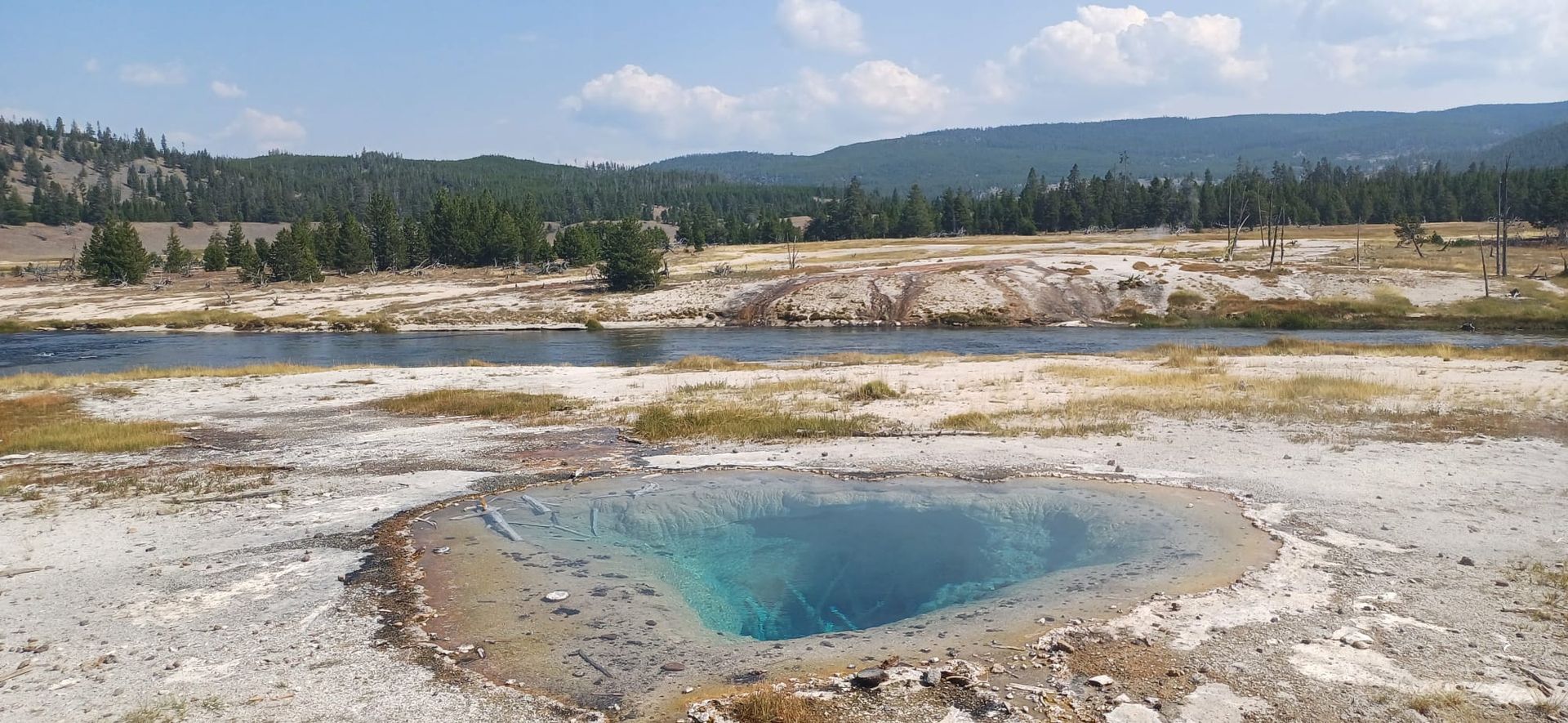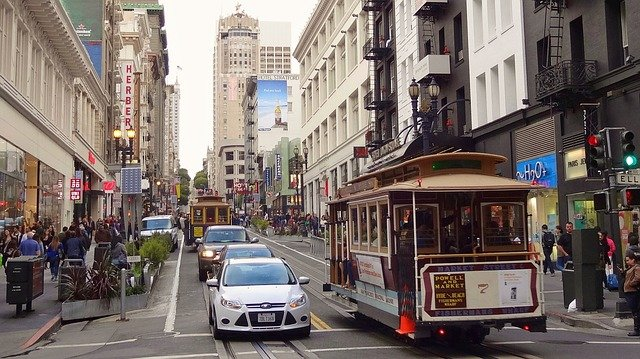A Dallas to New Orleans road trip is an incredible journey through the westernmost Gulf Coast states.
A 500-mile Dallas to New Orleans road trip will see you travel through Texas and Louisiana, from one of the biggest metropolitan areas in the nation to “The Big Easy” on the shores of the Gulf of Mexico. Along the way, you will pass through some of the largest and most iconic cities in Louisiana, as well as some of the more popular towns in northeast Texas.
To ensure you have all the information you need to plan the perfect itinerary for a Dallas to New Orleans road trip, we strongly suggest you read on.
A Dallas To New Orleans Road Trip: How Far Is It, How Long Will It Take To Get There & What Is The Best Route?
A Dallas to New Orleans road trip covers 500 miles (805 kilometres) and takes around 7 and 1/2 hours to drive.
The best route for a Dallas to New Orleans road trip will see you set off southeast on US Route 175. You take this to the outskirts of the Dallas-Fort Worth metroplex, where you will join I-20 and follow it east to the state border. Once you pass into Louisiana, use Exit 11 to join Louisiana Highway 3132 where it begins, and follow it to Exit 7. Here you will join I-49 and take it south for 180 miles (290 kilometres) to Opelousas, Louisiana.
Go east from here on US Route 190 until you reach Lobdell Station, then take the exit to head south on Louisiana Highway 415. When it concludes, you will merge onto I-10, which you will take east the rest of the way to your destination in New Orleans, Louisiana.
Best Time For A Dallas To New Orleans Road Trip
The best time for a Dallas to New Orleans road trip is between early February and late May. This period avoids hurricane season, which hits the Gulf of Mexico from June to October, while still offering nice, warm weather that is not too hot, both along your route and at your destination.
It will also enable you to largely avoid the large crowds that New Orleans experiences during the height of summer, with one huge exception.
This is because our suggested window also includes one of the most legendary events to take place in the United States each year: Mardi Gras in New Orleans. Taking place between late February and early March, Mardi Gras is a festival that truly has to be experienced, and it should be on everyone’s bucket list to go at least once.
If you do need to make the trip at a different time, though, late October is another good option. While the temperatures will be a little cooler, New Orleans is one of the best places to spend Halloween in the US, and it should still enable you to avoid hurricane season.

Best Place To Stop On A Dallas To New Orleans Road Trip
With a Dallas to New Orleans road trip being able to be completed in 7 and ½ hours, some people will aim to drive it in one go. However, anyone who wants to make the most of the journey and all of the sights and sounds it offers will need to break it into more manageable chunks, with at least one overnight stop.
While there are several great places to make an extended stop on a Dallas to New Orleans road trip, one offers far more value than anywhere else, and that is Shreveport, Louisiana.
Shreveport, Louisiana
Shreveport is the second largest and third most populous city in Louisiana. Located in the northwest corner of the state, on the banks of the Red River, it is perhaps best known for its riverfront casinos. With their lively blend of Southern charm, gaming, and live music, they offer a fantastic nightlife experience that is superior to virtually anywhere else in the state, other than perhaps our destination of New Orleans.
Shreveport isn’t just a haven for nightlife, though, and there is plenty for families and adventurous travellers. The city is full of exciting entertainment venues, cultural sites, museums, riverboat cruises, attractions like the Sci-Port Discovery Center, the R.W. Norton Art Gallery, and the Shreveport Aquarium, and regular festivals, concerts, and food events that showcase Louisiana’s famous cuisine and music traditions.
Scenic spots like Red River National Wildlife Refuge are ideal for hiking and birdwatching, and Cross Lake is equally suited for boating and fishing. Its geographic location on the border of both Texas and Arkansas also creates a distinctive mix of traditions, cultures, and cuisines in Shreveport that differs from anything else you are likely to find in Louisiana.
Best Hotel To Stay At In Shreveport, Louisiana – Hilton Shreveport
Hilton Shreveport is a stunning, modern, full-service, 4-star hotel conveniently located in Downtown Shreveport, just steps from the Red River waterfront. Its prime location makes it ideal for visitors who are attending events, exploring the city’s riverfront attractions, enjoying the nearby casinos, shops, and restaurants, or simply seeking beautiful, waterfront views.
The hotel offers a selection of contemporary rooms and suites, each of which boasts comfortable furnishings, incredible views, and modern amenities like flat screen TVs, mini refrigerators, air-conditioning, coffee makers, and high-speed Wi-Fi. In the communal areas, you will then find facilities such as a fitness center, outdoor rooftop pool, restaurant serving Southern-inspired cuisine, and casual bar.
A free shuttle service is offered to take guests to and from a variety of attractions within a 2-mile radius of the hotel, while a varied breakfast is served each morning. A variety of disabled facilities are also on offer in the property, while room service, private parking, and a selection of additional services are available for an extra fee.
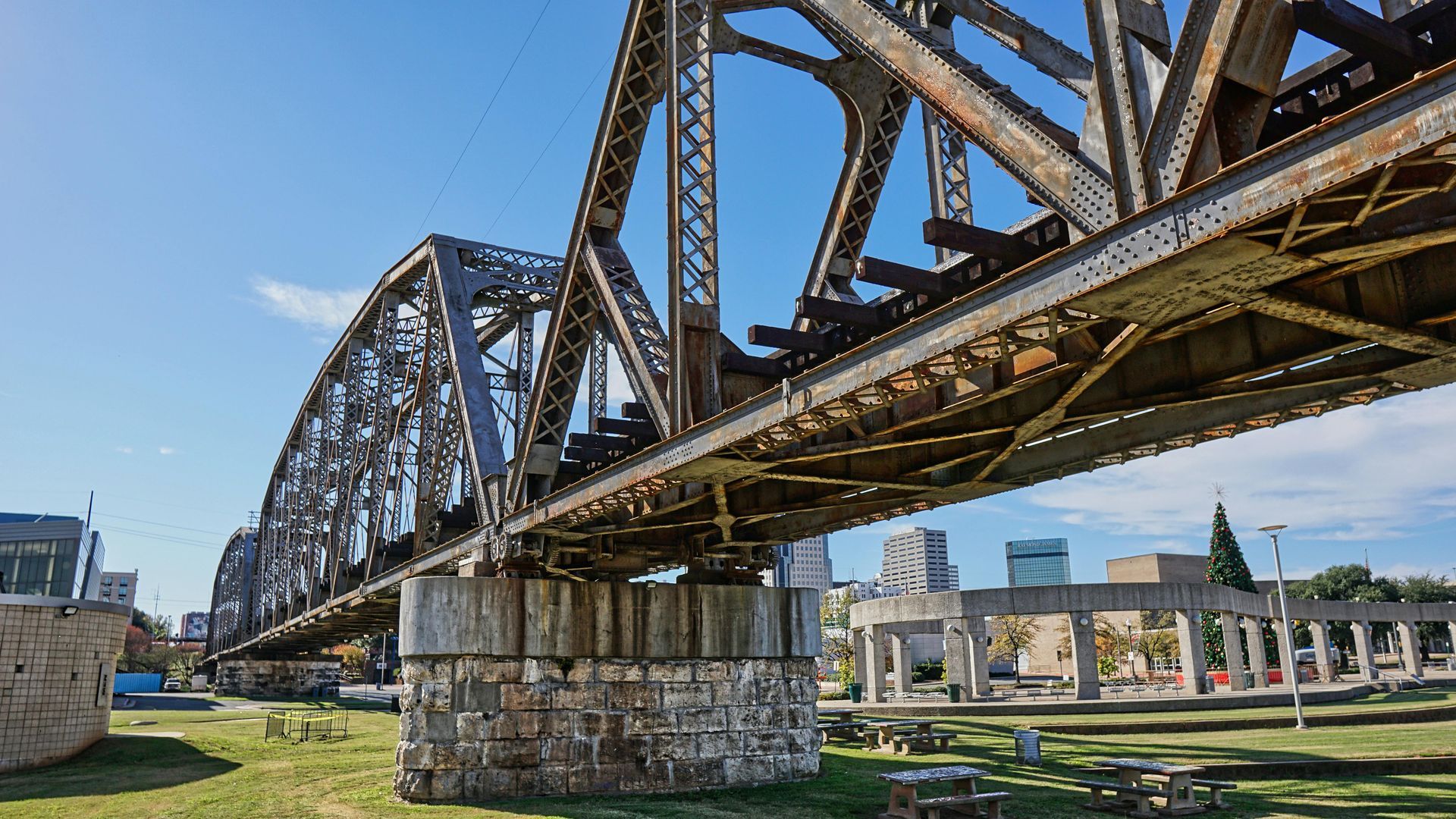
Top Attractions On A Dallas To New Orleans Road Trip
Tyler, Texas
Tyler, Texas, is affectionately nicknamed the “Rose Capital of America,” thanks primarily to the Tyler Rose Garden. The largest public rose garden in the United States, it offers vibrant displays every spring and fall, and each October visitors can enjoy the Texas Rose Festival, a wonderful celebration with parades, art shows, and elaborate floral displays.
A charming East Texas city known for its lush gardens, small-town warmth and charm, and vibrant cultural scene, Tyler also boasts popular features like boutique shops, local eateries, live entertainment venues, historic buildings, the Caldwell Zoo, the Discovery Science Place, and the historic Azalea District, where the streets are lined with beautiful old homes and blooming azaleas each spring.
Located close by, you will also find Tyler State Park, which offers incredible trails, fishing opportunities, and a beautiful lake that is perfect for kayaking or swimming.
Fort St. John Baptiste State Historic Site
Fort St. John Baptiste State Historic Site in Natchitoches, Louisiana, is a full-size recreation of the original 18th-century French fort that was built on this site in 1716. A key outpost on the Spanish frontier, it guarded the Red River trade route and played a vital role in trade, diplomacy, and military operations between French colonists, Spanish forces, and local Native American tribes.
The reconstruction has been created using extensive historical research to make it as accurate as possible. This enables visitors to get an authentic look at life on the colonial frontier, with everything from the architecture and period furnishings to demonstrations of traditional crafts and military drills appearing just as they would have done here more than 300 years ago.
Guided tours, interpretive exhibits, and seasonal reenactments with costumes, interpreters, musket firings, blacksmithing, and cooking on open fires are all offered, too. This has led to it becoming an extremely popular destination with history lovers, families, and photographers alike.
Kisatchie National Forest
The only national forest in Louisiana, Kisatchie National Forest covers more than 600,000 acres. Known for its diverse landscapes, which include longleaf pine forests, rolling hills, creeks, lakes, sandy prairies, wildflower meadows, hidden bayous, and even remnants of old homesteads and Native American cultural areas, this stunning, natural destination is alive with wildlife, including such species as deer, bald eagles, and even the endangered red-cockaded woodpecker.
Hikers love exploring its network of scenic byways, which wind through picturesque ridges and valleys, with many routes even being suitable for exploring on mountain bikes and off-road vehicles. Other activities popular in the forest include fishing, kayaking, swimming, picnicking, and camping in both developed campgrounds and primitive sites.
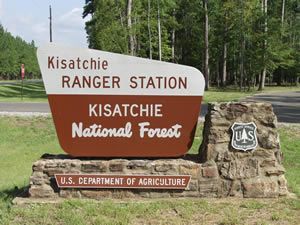
Atchafalaya National Wildlife Refuge
A 15,000-acre wildlife preserve on the bank of the Atchafalaya River, Atchafalaya National Wildlife Refuge was established in 1986 to protect the fish and various species of wildlife that inhabit the region.
This includes more than 200 species of birds, like American woodcocks, bald eagles, Mississippi kites, ospreys, swallow-tailed kites, and wood ducks, over 85 species of fish, such as bluegill, channel catfish, crappie, crayfish, largemouth bass, red ear sunfish, and warmouth, and many amphibians, mammals, and reptiles, including beavers, bobcats, coyotes, coypus, deer, foxes, Louisiana black bears, minks, muskrats, opossums, otters, rabbits, raccoons, skunks, and squirrels.
Its landscapes feature stunning bayous and towering trees, which combine to create a beautiful, scenic destination that has become popular for activities like birdwatching, hunting, fishing, photography, trapping, research, and many other forms of outdoor recreation.
Baton Rouge, Louisiana
Baton Rouge is the capital and second most populous city in Louisiana, and being founded in 1699 means it ranks among the oldest cities in the United States. Located on the east bank of the Mississippi River in south-central Louisiana, Baton Rouge is known for its distinctive culture, as it is the only place that blends both Cajun and Creole cultures into one on a large scale.
Baton Rouge’s diverse history is evident in everything from its architecture, museums, and art to its bars, restaurants, and cuisine. An experience unlike anything you will find anywhere else in the nation, Baton Rouge also features a range of iconic attractions for visitors to explore and marvel at, such as the Louisiana State Capitol building, which differs immensely from most of the other state capitol buildings in the United States.
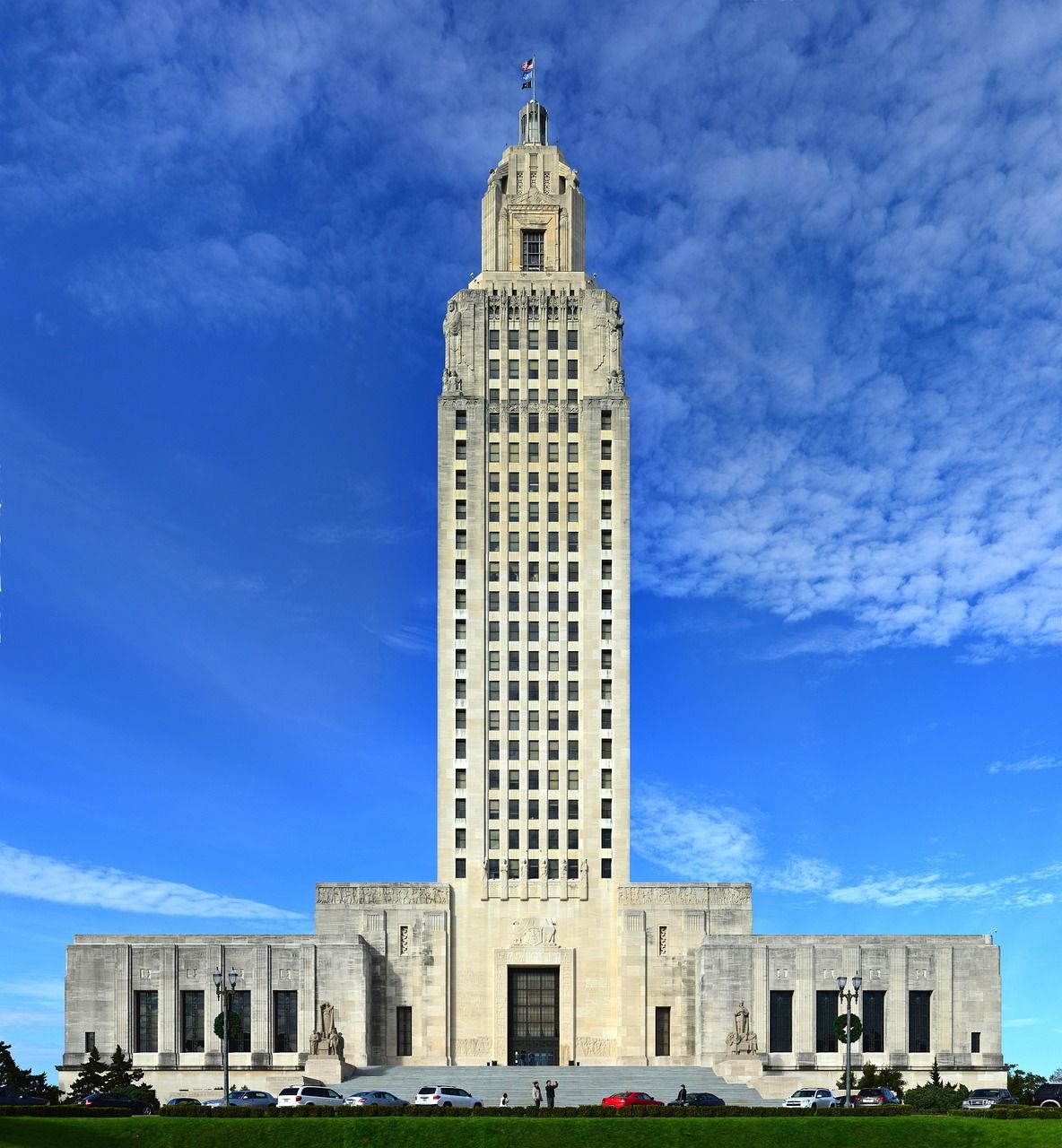
Lake Pontchartrain
Lake Pontchartrain covers 631 square miles, making it the 10th largest natural lake in the United States by area and the fourth largest to be located in a single state. Despite its incredible natural beauty, perhaps the biggest attraction for many is the Lake Pontchartrain Causeway, the longest continuous bridge over water on the planet, which takes visitors 23.88 miles across the lake, from one side to the other.
Anyone who makes the drive across the causeway will get to see breathtaking views similar to what you would experience in the middle of the ocean, with the shoreline barely visible on any side. Meanwhile, those who would rather get out of the car for a while can enjoy sitting by or exploring the shoreline, taking in the wildlife and panoramic lake views that it offers.
Conclusion
That concludes our Dallas to New Orleans road trip guide. You should hopefully now have a good idea of how to plan the perfect itinerary for when you make the drive yourself, including when to go, what route to use, how long it will take, and where to stay and what to see along the way. We even have a separate article dedicated to the best places to stay in New Orleans if you need help planning there, too.
All you have left now is to decide what to take with you, and then you can start getting everything budgeted for and booked, so you can look forward to enjoying it all for yourself as soon as possible.
For anyone who plans to make the drive as part of a longer road trip, we also have a selection of guides that you may be interested in, which could help you plan where to go next. This includes:
A road trip from New Orleans to Miami
